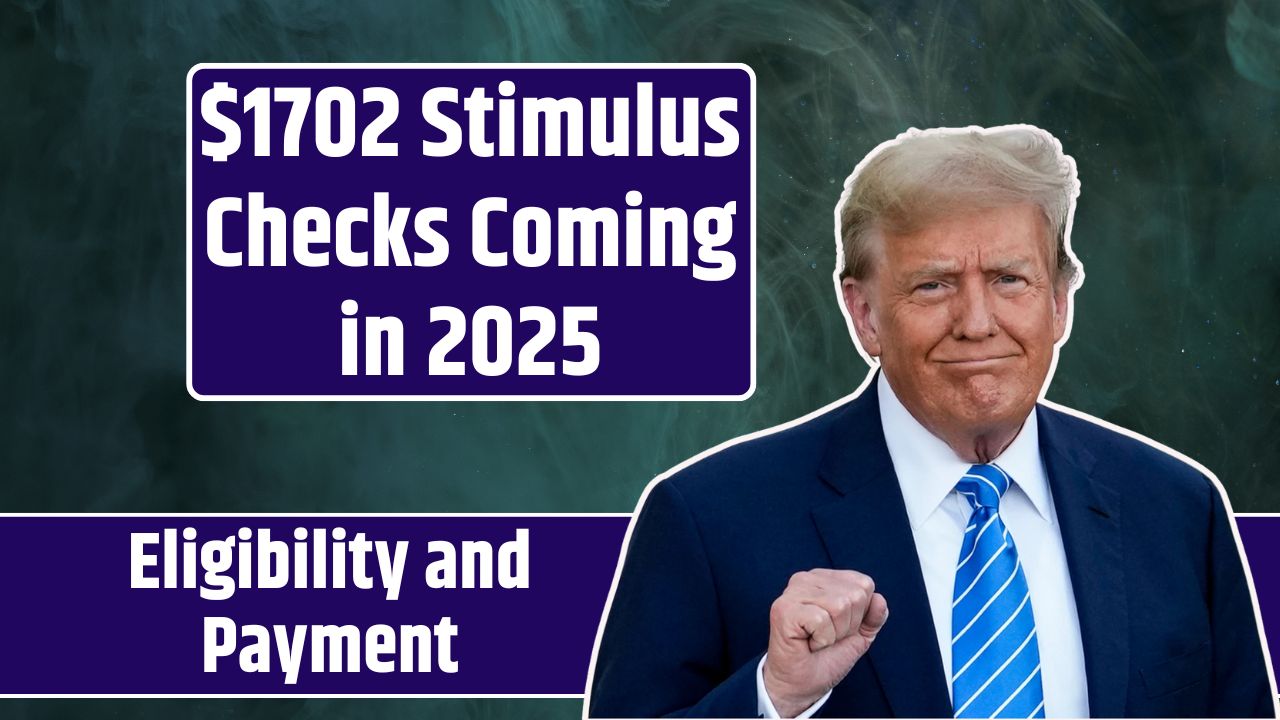Is traditional education on its way out? With the rapid rise of EdTech and remote learning platforms, online learning is becoming a powerful global force. But is it truly the future of education—or just a temporary solution?
Let’s explore the pros, cons, and global implications of online learning in 2025 and beyond.
Pros of Online Learning
1. Accessibility for All
Students from rural areas or underfunded schools can now access world-class teachers and global curriculum online.
2. Flexibility & Self-Paced Learning
Learners can set their own pace, rewatch lessons, and learn during times that work for their schedule.
3. Cost-Effectiveness
Many online courses are cheaper than traditional classroom programs. No travel, housing, or commuting costs.
4. Tech-Savvy Skills for the Future
Online education prepares students for digital workplaces. Tools like Zoom, Google Classroom, and LMS platforms mirror real-world tech.
5. Global Collaboration
Virtual classrooms connect students and teachers across countries, fostering cross-cultural learning.
Cons of Online Learning
1. Lack of In-Person Interaction
Some students miss classroom dynamics—debates, peer learning, and physical presence of a mentor.
2. Attention & Motivation Challenges
Distractions at home and screen fatigue can reduce focus and consistency.
3. Inequality in Internet Access
Not every student has a reliable device or internet connection—especially in developing regions.
4. Practical Skill Gaps
Subjects requiring labs, physical tools, or fieldwork (like biology or engineering) face limitations online.
5. Accreditation & Trust Issues
Some employers and institutions still question the credibility of certain online degrees or certifications.
The Global Impact of Online Learning
Growth in Developing Countries
Mobile-first learning platforms like Eneza (Africa) and BYJU’S (India) are helping bridge educational gaps.
Policy Shifts
Governments are integrating online courses into national education policies and funding hybrid models.
Rise of Microlearning
Short, focused video lessons and mobile apps are making education bite-sized, engaging, and flexible.
Teacher Transformation
Educators are now facilitators and content creators. Teacher training includes digital tools, AI integration, and remote assessment.
Final Words
Online learning is not a replacement—it’s an evolution. While it won’t fully replace traditional classrooms anytime soon, it’s here to stay as a core part of the global education system.
Blended learning, hybrid models, and digital tools will continue reshaping how we teach and learn in the years ahead.










